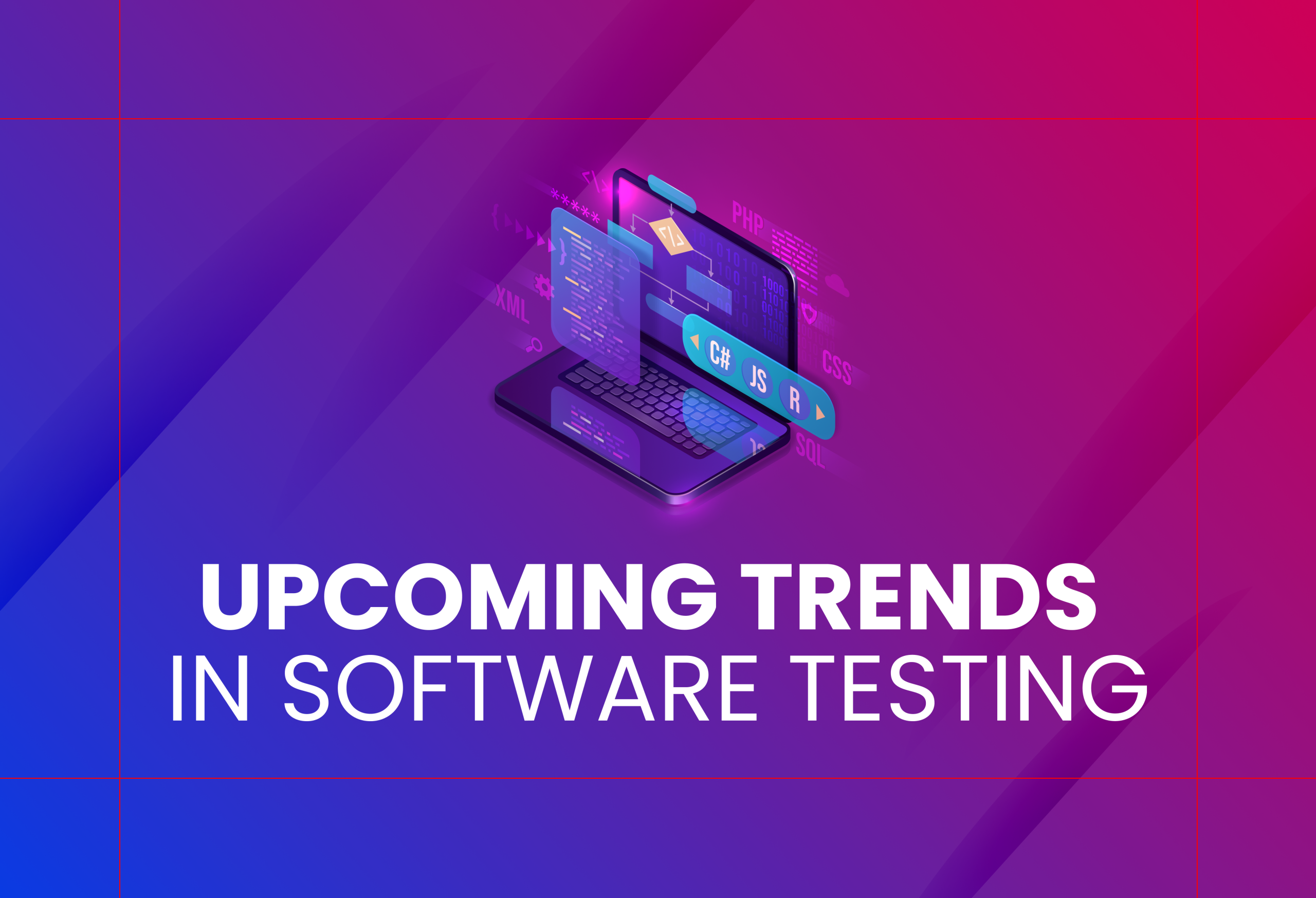The field of software testing is constantly and rapidly evolving. In recent years, many new trends have come into the IT industry, making the testing process more efficient and comprehensive. The introduction of cutting-edge technologies has brought the newest upgrades at every stage, including software design, development, testing, and delivery. In this post, we’ll be discussing the most revolutionary upcoming trends in software testing.
Importance of using the latest software testing trends
To assure the quality of products, software testing is a step that we cannot overlook. Cost optimization is one of the main priorities of every business. With that, the majority of IT leaders believe in incorporating the most recent IT techniques into their work.
Another important area of focus for industries and businesses that excel at cloud computing and business analytics is digital transformation. Quality and dependability are some of the top priorities, which reduce software application errors while also improving security and application performance.
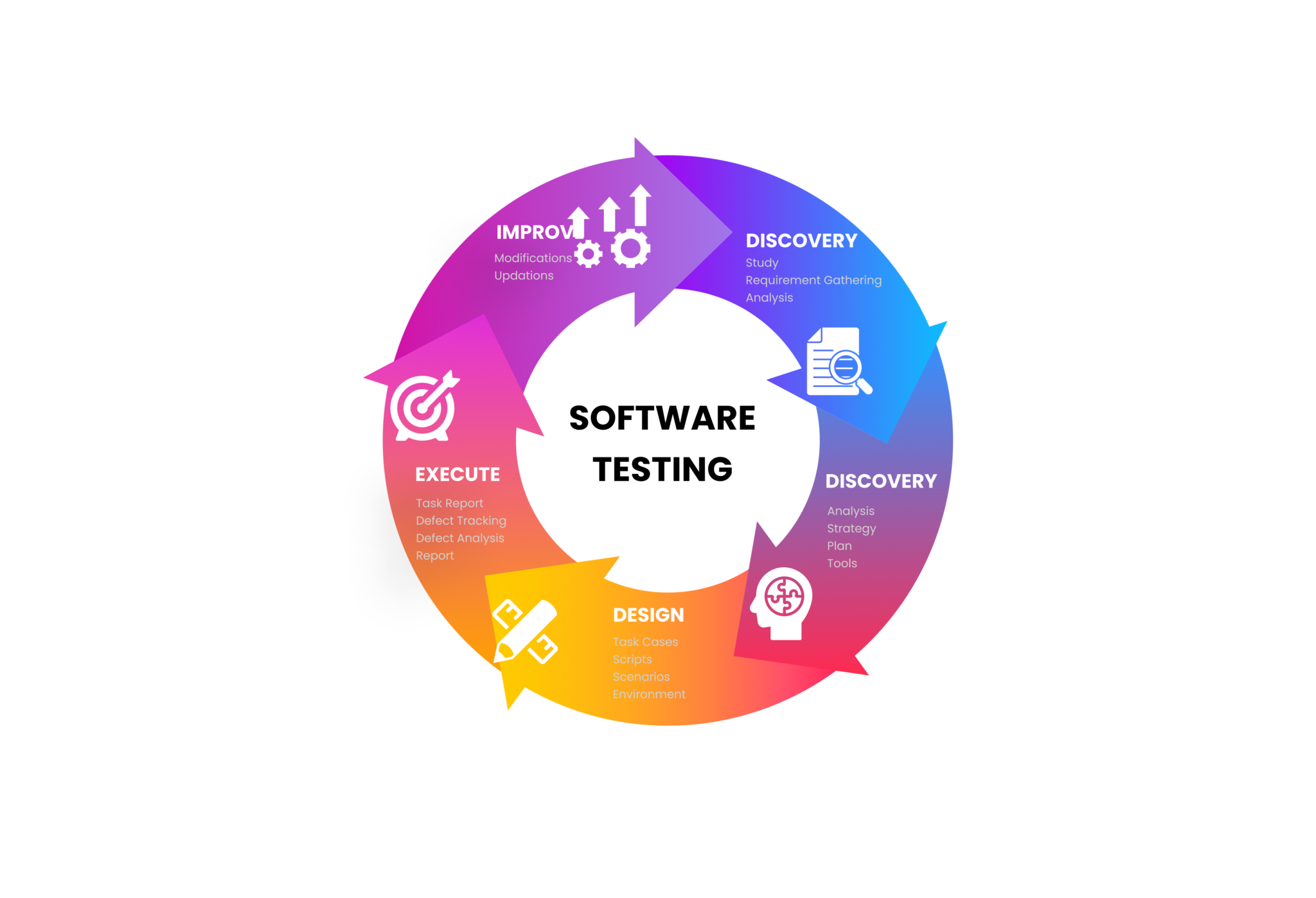
Companies are now implementing testing approaches such as Agile earlier in the software development cycle. This also includes the construction of T-CoEs to connect the testing mechanism with business growth to generate ‘Ready for Business’ goods. Some businesses also use independent testing firms to handle their software testing needs. They save money on testing and don’t even need in-house resources this way.
There are numerous additional significant developments in the realm of software testing. As a result, there is a great need for all software sectors throughout the world to adapt to the current testing trends to meet the demands of the modern world.
Main trends in software testing
1. Artificial Intelligence
Software testing is the only planned method for observing an application under specific conditions and identifying the risks associated with its implementation. However, testing is about gradually going toward better automation in hopes of ensuring better precision and accuracy on the way to digital transformation. The world is turning to Artificial Intelligence (AI) in an attempt to make applications foolproof. This implies that, instead of manual testing and human intervention, we are on the verge of a situation in which machines will gradually take over.
Chatbots are leveraging natural language processing and machine learning algorithms and becoming more intelligent and conversational. Chatbots can now offer personalized support to users, quickly solving common queries.
Adaptive AI extends chatbot capabilities by continuously learning from user interactions and adapting responses to provide more accurate and tailored solutions, resulting in higher customer satisfaction and improved efficiency in dealing with complex tasks. Overall, these technologies have become essential tools for businesses looking to provide exceptional customer service while also optimizing operational processes.
2. Upcoming Trends in Software Testing: DevOps
DevOps is a well-known approach that involves bringing together development and operations teams to create an efficient DevOps culture. This DevOps culture is based on the development (Dev) and operations (Ops) teams working together.
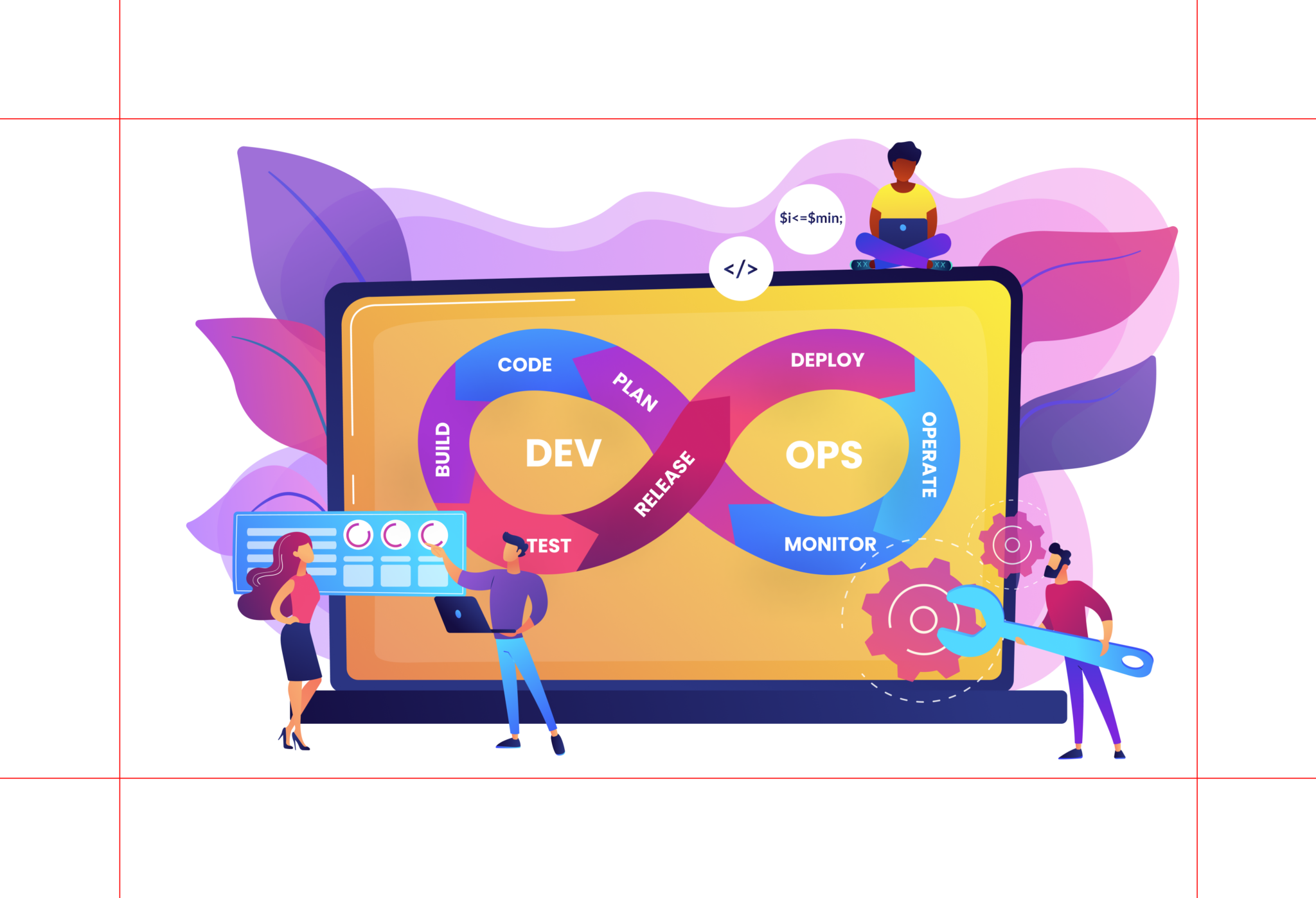
It is a contemporary code deployment strategy that dramatically improves team cooperation and coordination while also speeding up the software delivery process with quicker releases. This technique enables effective feedback to create high-quality software while also improving client happiness.
DevOps teams foresee a significant increase in the deployment of cloud-native technology in 2023. Notably, Kubernetes, Docker, and serverless computing are positioned to grow in importance by providing faster and more effective methods for application development, deployment, and scalability.
3. Automation Testing
With today’s organizations embracing agile and DevOps methods, automated testing has become a necessity for these approaches. Essentially, test automation is essential for continuous delivery (CD) and continuous testing (CT) since it helps shorten release cycles, enhance test coverage, and assure quality software releases.
Program automation testing entails using tools and test scripts to test the program, and the results of these automated tests are more dependable. As a consequence, test automation accelerates the testing process, provides faster releases, and produces reliable results. Read about the importance of automated testing for businesses.
4. Low-Code, No-Code Automation
Low-code and no-code automation have grown in popularity, revolutionizing how businesses and individuals create software solutions. Users with little to no coding experience can easily develop applications and automate processes using these platforms.
They offer drag-and-drop interfaces, pre-built modules, and templates, which accelerate development cycles and reduce time to market. These technologies are becoming more widely available, allowing a wider range of individuals to take part in software development and automation. And this, in turn, allows businesses to improve efficiency and foster a culture of creativity.
5. Extensive use of hyper-automation
Hyper-automation enables low-code and no-code platforms to leverage AI and ML algorithms for intelligent decision-making, data analysis, and predictive capabilities. It also expands the capabilities of automation by allowing you to automate more complex and cognitive tasks. This in turn increases efficiency, productivity, and scalability.
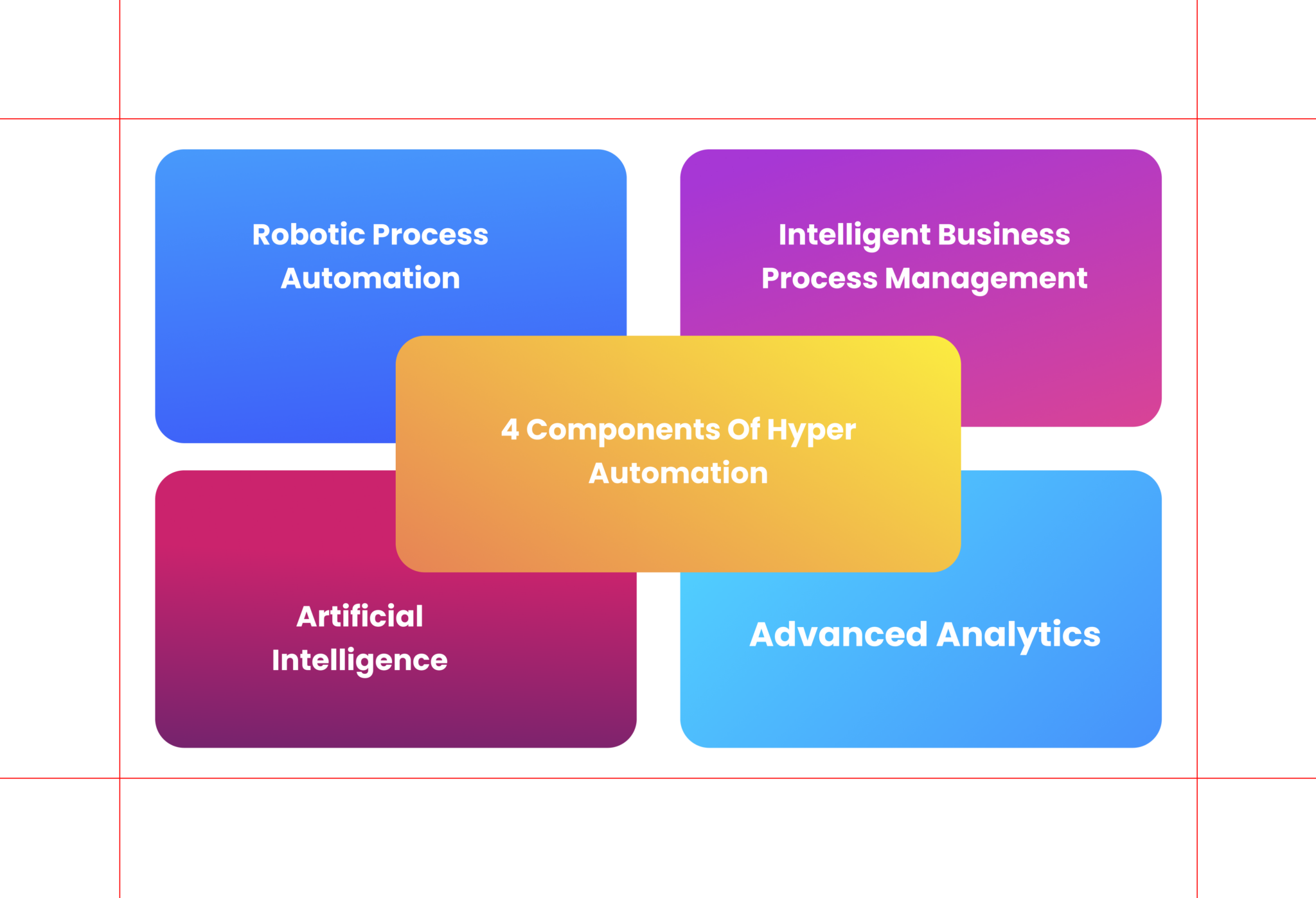
6. Digital Immune System
The Digital Immune System is becoming increasingly important as cybersecurity threats improve and become more sophisticated. It is critical to safeguarding digital infrastructure, networks, and systems from cyberattacks, data breaches, and other hostile actions. With the rapid expansion of the digital landscape, including the Internet of Things and cloud computing, the Digital Immune System serves as a comprehensive defense mechanism, employing advanced technologies such as:
- Artificial intelligence
- Machine learning
- Behavioral analytics to detect and respond to threats in real-time
It assists companies and individuals in safeguarding sensitive information, maintaining trust in digital interactions, and ensuring operational continuity in such an increasingly interconnected environment.
7. Robotic Process Automation (RPA)
Artificial intelligence (AI), cognitive computing, the Internet of Things (IoT), and machine learning are among the new and developing technologies that are transforming all sectors. Some implementations, such as self-driving cars, are poised to alter the digital landscape. RPA allows digital enterprises to automate repetitive and rule-based operations, resulting in greater operational efficiency and productivity.
RPA enables businesses to simplify their procedures, eliminate mistakes, and increase overall accuracy, resulting in higher customer satisfaction. RPA’s capabilities have been extended by integrating it with AI and ML technologies. And this allows for more complex automation and intelligent decision-making. Overall, RPA will continue to be a major driver of digital transformation and process improvement in 2023.
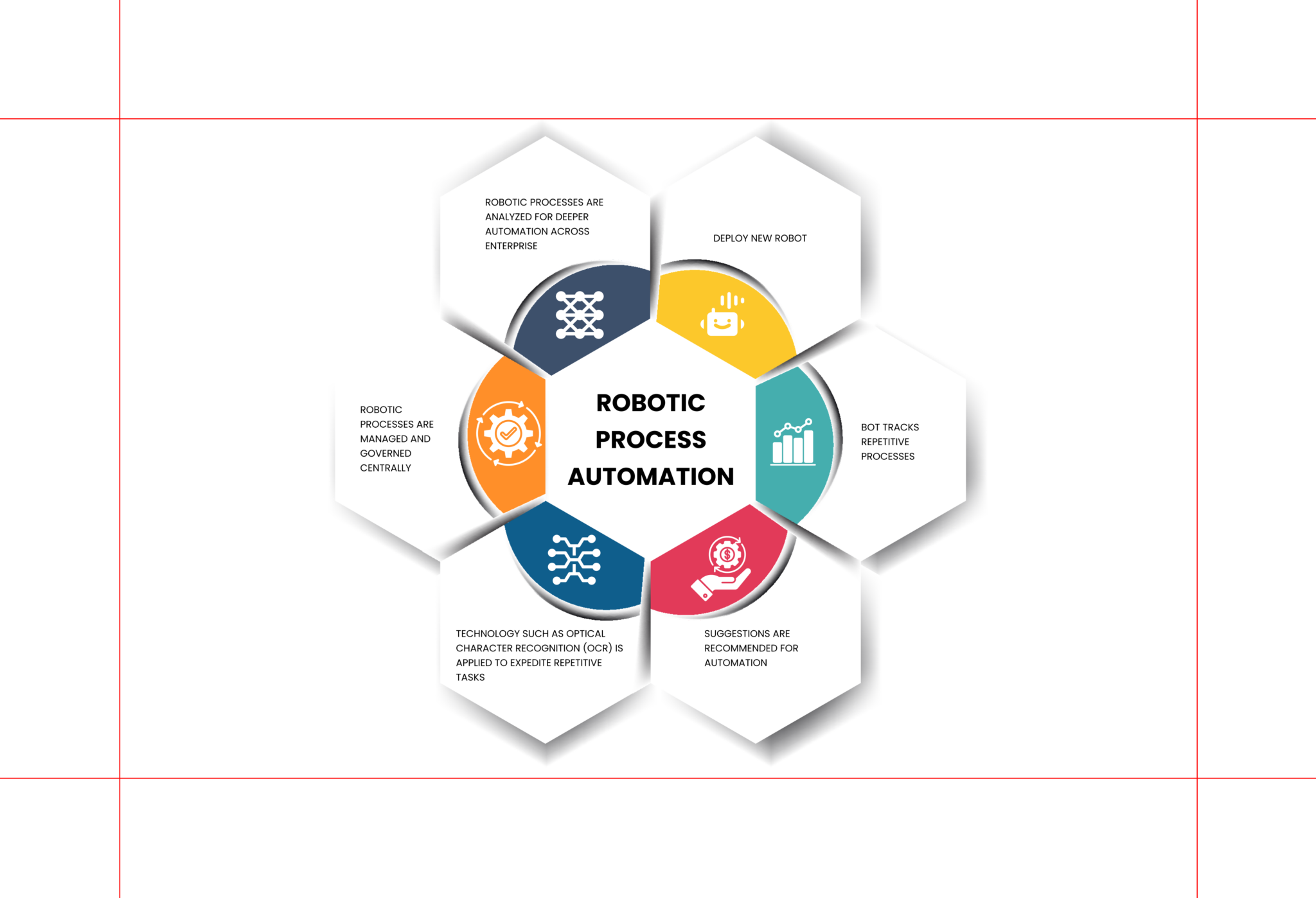
8. Accessibility Testing
In today’s digital age, with millions of connected devices and mobile applications in use, there is a need for both mobile and web apps to be accessible to individuals with disabilities. However, it’s unfortunate that many new apps, programs, and websites remain inaccessible to those with particular limitations. However, things are changing nowadays.
It has now become a requirement that organizations use accessibility testing. This type of software testing ensures that the program can be utilized by people with a variety of disabilities. These disabilities can include visual, auditory, physical, speech, cognitive, linguistic, learning, and neurological difficulties.
Because of rising awareness, regulatory constraints, and laws surrounding diversity, the importance of accessibility testing has expanded even more. Accessibility testing assures that websites, applications, and software are usable by individuals with impairments, thanks to technological developments and an emphasis on digital experiences.
Accessibility testing assists organizations in meeting accessibility regulations, avoiding any legal concerns, and reaching a larger audience. All in all, this leads to a better user experience, improves business reputation, and promotes equitable opportunity for all individuals as inclusion becomes a fundamental value.
9. Performance Testing
Businesses nowadays can only be successful if their mission-critical mobile and online applications function effectively under different loads and essentially give exceptional performance. If these business apps break when a large number of users use them, users will abandon them and never return to them. Only mobile and web apps that run flawlessly under varying loads are guaranteed to provide an excellent customer experience (CX). Use performance testing from next-generation testing service providers to get high-performing digital mobile and web apps.
In today’s world, performance testing of IoT-based apps is a must. With the increasing expansion of Internet of Things devices and their integration into numerous businesses, the performance of these apps has a direct impact on user experience and satisfaction.
Because IoT programs rely on real-time data exchange and device connectivity, performance difficulties can result in major failures and security concerns. IoT networks’ complexity and size necessitate rigorous testing to assure seamless functionality, optimal resource utilization, and scalability. With the growing use of AI and machine learning in IoT, performance testing is becoming increasingly important for assessing the efficiency and responsiveness of intelligent algorithms and decision-making processes.
10. Regression Testing
Regression testing is one of the kinds of software testing that should be performed when a program is changed or a new feature is added to the application. This testing approach involves running tests to validate and verify that previously designed and tested software continues to work well even after a change is made to the software.
This is an effective kind of functional testing that should be used. This is especially true when the application is constantly changing, because this testing procedure tests for any new bug or fault in the existing software and is more of a software verification process.
11. Integration Testing
To ensure the seamless operation of the overall system, it is critical in software testing that each system component is integrated with the various application modules. Enterprises that use Agile and DevOps should conduct integration testing to guarantee that application modules work properly when grouped together. Thus, businesses should use integration testing because it has various advantages. For example, the procedure helps to uncover system-level issues such as module integration issues, faulty databases, and so on, and helps developers repair them as soon as possible.
User testing is an important sort of software testing that has grown in popularity in recent years. This type of user testing refers to a process in which actual users act as testers to test the interface and functions of programs, websites, mobile applications, or services. Real users test the apps in this manner by examining numerous real-time use scenarios, and the feedback from these users aids in the improvement of the program for end-users. This is a usability strategy for gathering vital information from users about how they feel about the product.
12. Selenium Testing
Businesses implementing agile and DevOps processes should use test automation with a variety of tools for quicker releases and a quicker time-to-market. Selenium is a famous, lightweight, and developer-friendly test automation tool that is commonly used to automate web applications. Without the requirement to understand a test scripting language, the Selenium IDE may provide a replay tool for designing functional tests.
13. UAT (Acceptance Testing)
As soon as a product is complete, it goes through User Acceptance Testing. The owner often conducts this test to evaluate the product’s functioning and usability before moving it into production. Hence this is the final phase before the product’s launch, where stakeholders check to see if the product meets their requirements and if there are any errors while moving forward with the functionalities.
Of course, a UAT is a crucial final phase to check if the software is performing exactly as per the requirements.
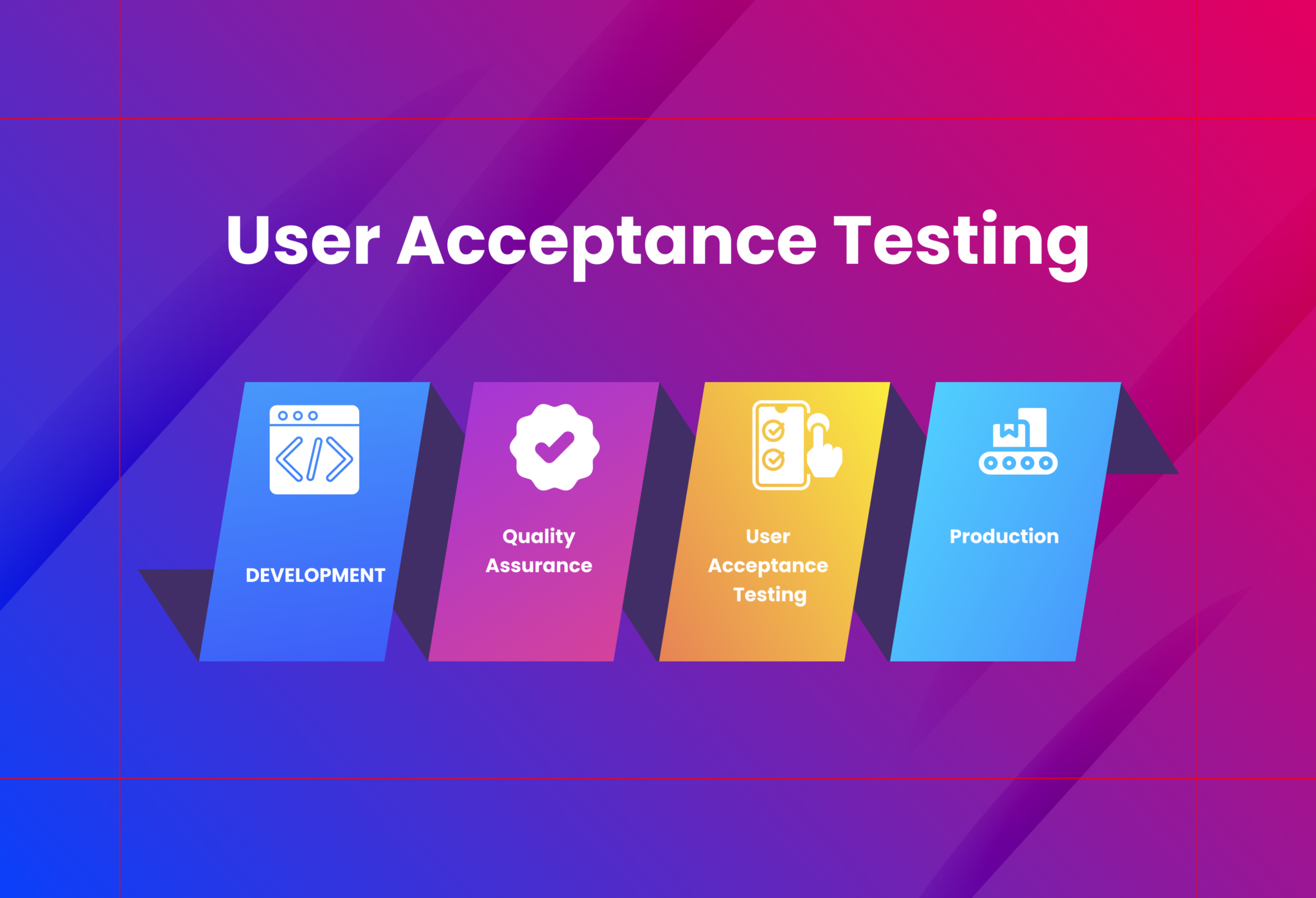
UAT is still an important step in 2023 because it is critical to making sure that software applications meet the needs and expectations of users. Before deployment, stakeholders can validate the system’s functionality, usability, and performance, lowering the risk of costly errors or user dissatisfaction.
UAT also allows users to provide feedback and identify potential issues or areas for improvement, resulting in a higher-quality product and a better user experience. UAT enables organizations to adapt to changing requirements and deliver software that aligns with user expectations in an era of rapid technological advancements and evolving user preferences.
14. Infrastructure as Code (IaC)
Next-generation infrastructure management solutions are revolutionizing how you usually deal with IT infrastructure. The widespread adoption of virtualization and cloud infrastructure has shifted the bottleneck from server allocation to server configuration. It now just takes a few minutes to allocate a server, as opposed to the previous many weeks or months it would take.
Wrapping up
In this post, we discussed the major trends in software testing. We can predict that software testing in 2023 will be faster, easier, and more reliable than ever before if the right strategy and approach are used. Over time, more testing process automation, AI-enabled testing tools, more efficient and effective testing methods, and more comprehensive test suites can all be expected.
Therefore, it’s important to stay updated on these trends and incorporate the latest tools and best practices to enhance your product and produce bug-free apps.

